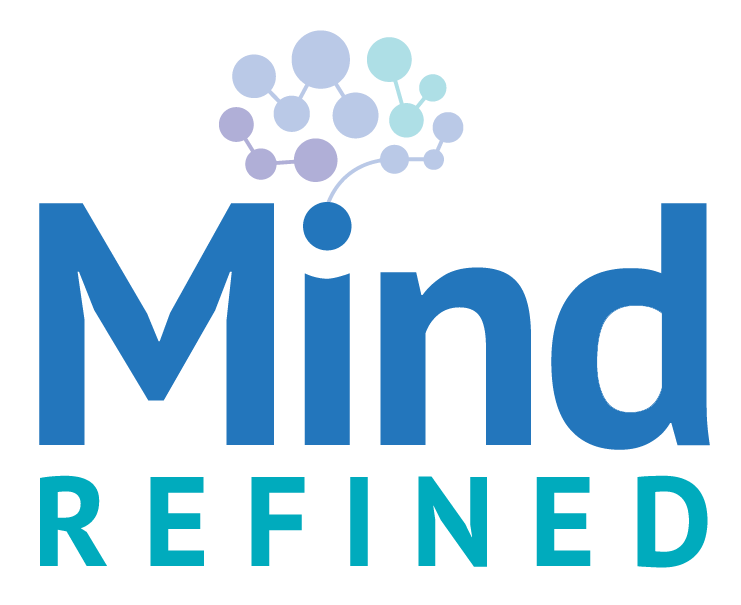Benjamin:
An 11-Year-Old Boy Struggling with Attention and Hyperactivity
Benjamin was an explosive bundle of unconstrained energy. His mind was constantly jumping from topic to topic. Sitting still was a particular challenge, and when required, often resulted in Benjamin falling to the floor and crawling on the ground or leaping to his feet, only to be scolded by his teachers. After each event, Benjamin would sulk and stomp his way back to his seat, only to leap forth again when something else seized his attention.
At times, Benjamin would spin in circles and scream, then fall to the floor. The behavior had become so common that his mother called him Taz, short for the iconic Warner Brothers Tasmanian devil. Unfortunately, his irritability was also growing increasingly problematic. Benjamin would often pound his fists and shout at the top of his lungs when his requests or impulses were denied.
After trying several different medications for his attention-deficit/hyperactivity disorder (ADHD) symptoms, only minor improvements were found. In sheer desperation, Benjamin’s mother sought additional help beyond standard medication treatment.
When exploring Benjamin’s family history, it became apparent that genetics likely contributed to his behavior. Benjamin’s father was diagnosed with bipolar disorder and was currently in jail for assaulting a police officer after a barroom fight. His grandmother had been hospitalized due to bipolar disorder and suicidal ideation and also struggled with drinking. Benjamin’s uncle had a severe gambling addiction and was thousands of dollars in debt. Anxiety issues were also threaded through the entire family, with his aunt, grandmother, and great-grandmother all struggling with severe anxiety or panic attacks. Benjamin’s mother understood some of Benjamin’s challenges as she had a diagnosis of ADHD.
Based on the family history and Benjamin’s behavior, there was a high degree of suspicion of a common culprit contributing to his challenges: lithium deficiency. While not usually considered a nutrient, lithium is found in the diet in small quantities. Animal studies also suggest that lithium is a required mineral in low doses. Laboratory testing confirmed that lithium levels were undetectably low, and Benjamin was started on a nutritional dose of lithium combined with other nutrients and behavioral therapy.
His progress was slow but steady. Initially, his explosive outbursts began to decrease, a welcome change from his past behaviors. After the first month, due to his improvements, his lithium dose was slightly increased, and his problematic behaviors further declined. While his energy levels were still high, he became more agreeable and could focus for more extended periods on schoolwork. Benjamin’s grades improved, and his teachers noticed the change. As things progressed, Benjamin still liked to run in circles and yell, collapsing in laughter, but he would save the behavior for the outdoor schoolyard, which was much less disruptive.
Benjamin’s case highlights the importance of considering underlying biochemical factors, including nutrient deficiencies, in treating ADHD. While standard treatments can be helpful, a more comprehensive approach that addresses the underlying root causes often offers a more durable solution.
It’s also important to recognize the significant impact of family history and genetics on mental health. When addressed properly, we can help children like Benjamin reach their full potential.
